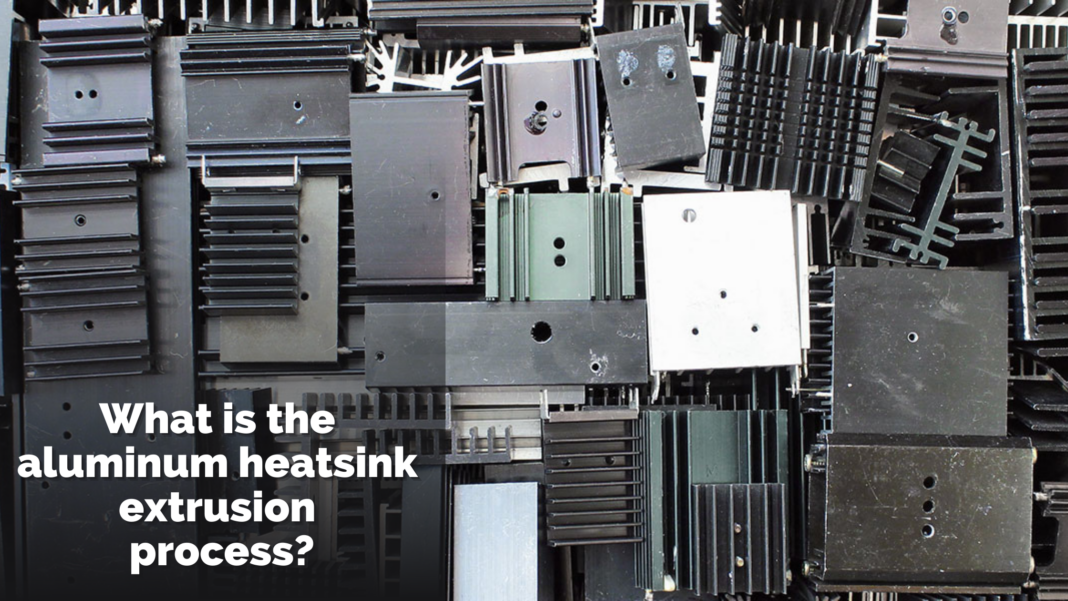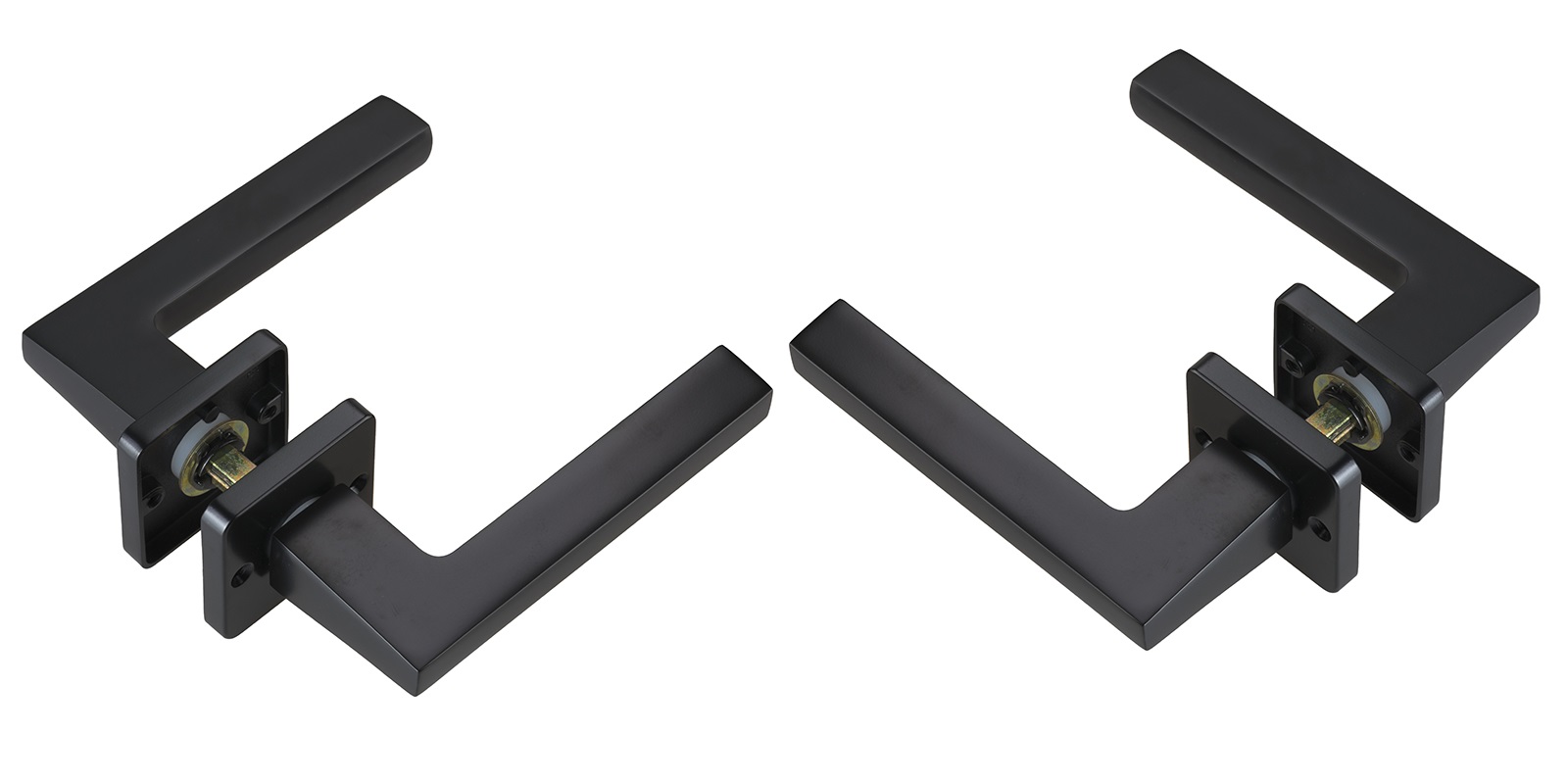When it comes to heat sinks, metal heat sinks are the most popular for price reasons in terms of the thermal management of electronics. The aluminum heatsink extrusion process is one of the most common processes used to manufacture heat sinks due to its simplicity and high cooling capacity.
Aluminum is the material preferred by the industry for the manufacture of heat sinks since in addition to being lighter, they involve a much lower economic investment compared to other types of heat sinks.
Aluminum as a material
Metal is a great heat channeler, so it is very common for an extruded heat sink to be made of aluminum, in addition to other elements, such as magnesium and silicon. The alloying of these materials makes the extrusion and soldering process much easier.
Aluminum alloy 6063 is the most common alloy in these processes not only because of its excellent extrusion capability but also because of its high corrosion resistance and ease of conducting electricity.
The aluminum heatsink extrusion process
The aluminum heatsink extrusion process uses this metal alloy because in this type of part the machining is easier, the density corresponds to only one-third of that of steel and the extrusions are usually much more stable and cheaper, compared to other materials such as copper.
Aluminum extrusion begins with the design and fabrication of the main die that shapes the heat sink. Elements such as lubricant is very important so that the aluminum does not stick to the machine and nitrogen is added to prevent corrosion.
After the entire heat sink part is fabricated, it is cooled to harden once it is finished.
Heat sinks are usually sold with an anodized surface, this makes their thermal performance much better and prevents it from accumulating dirt or dust.
Extruded heat sink shapes
There is no generic extruded heat sink design; there are many shapes and they depend on the profiles, which can be of the simple flat fin structure or even much more complex fins for larger or performance-optimized cooling systems.
Both shape and size vary in the aluminum heatsink extrusion process and heat convection can be passive or forced, either by adding a blower or an extra fan.
The performance of an extruded heat sink varies depending on the device where it is installed and the amount of cooling it requires. Many manufacturers agree that the larger the heat sink surface area, the more efficient it will be in the process of exporting heat to the cooling system.
Knowing the aluminum heatsink extrusion process is a very useful way to know how they work, why aluminum is the most suitable material for this type of part, and why it is important to preserve electronic equipment against overheating during its operation.
It is important to remember that the higher the capacity of the equipment, or the faster the computer, depending on where it is installed, the more heat it will generate, so the risk of overheating will be much higher.
This is where extruded heat sinks play an important role, to conserve equipment and make it more durable.







